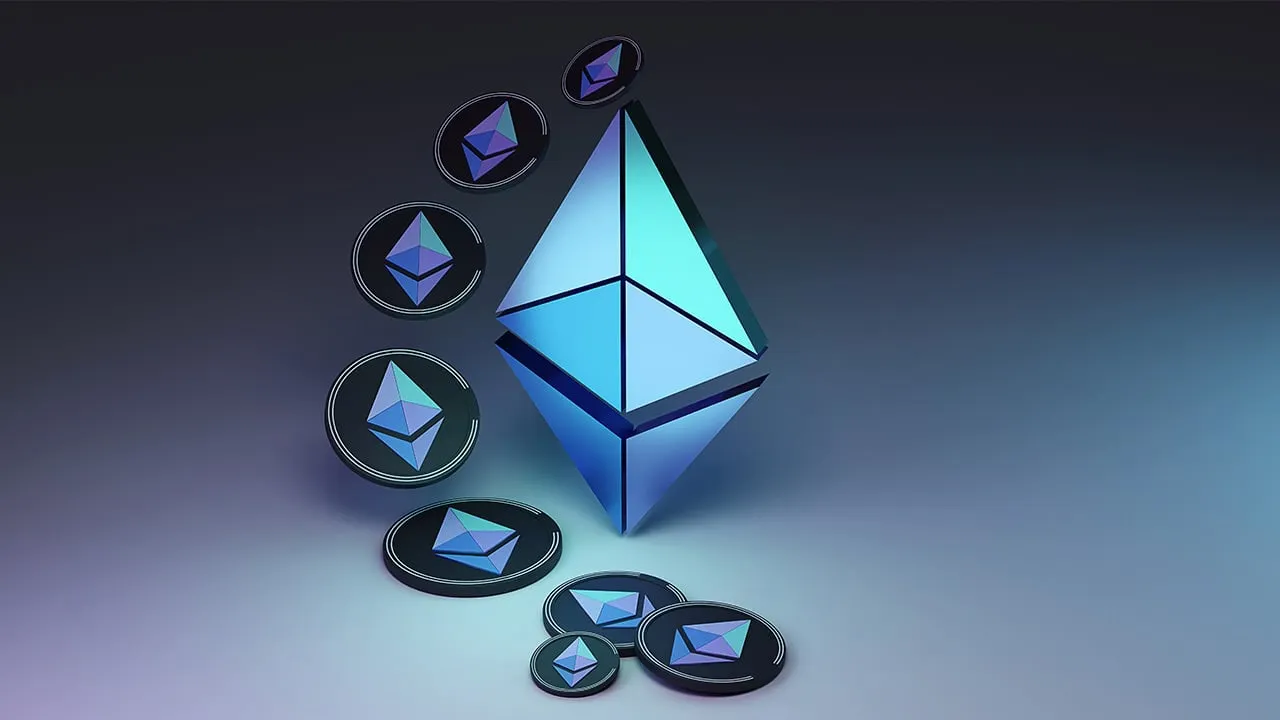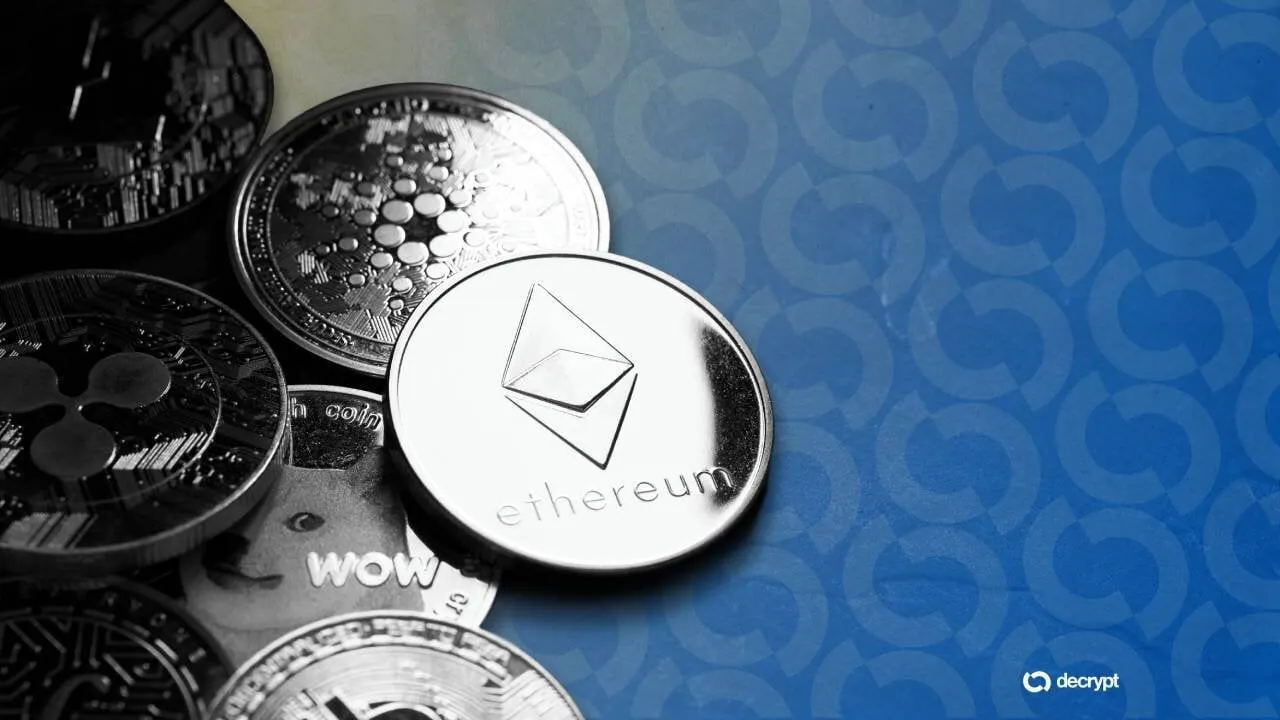The development of omni-chain infrastructure could significantly impact the Ethereum ecosystem, potentially altering the dynamics of competition among rollups and reshaping the future of decentralized finance, according to Iris Cheung, co-founder of Orbiter Finance.
In an interview with Decrypt, Cheung highlighted the challenges faced by Ethereum's current rollup-centric scaling approach in creating a unified user experience, and said the variety of rollup types and protocols adds complexity for users. This makes it more difficult to understand than using a single layer-1 system.
"Consider rollups as highway lanes,” she said. “If the Arbitrum lane is congested, you cannot simply switch lanes; adding more rollups doesn't significantly enhance Ethereum's scaling.”
“To achieve a more scalable future, we need to build infrastructure that can process cross-rollup transactions in parallel and ensure cross-chain transaction atomicity with minimal or no interaction with layer 1,” she explained.
To address these issues, Orbiter Finance is developing an omni-chain infrastructure to provide effective rollup coordination. This infrastructure includes components such as an omni-chain wallet address system, a cross-rollup relayer, and a liquidity aggregation layer.
Holograph Expands 'Omnichain' Gaming NFT Push With New Funding
Holograph, an omnichain tokenization protocol that mints NFT assets that can be utilized across multiple chains, announced Monday that it has raised a new strategic round of funding as it expands into the growing blockchain gaming space. The latest round of funding amounts to $3 million, and was led by Mechanism Capital and Selini Capital. The strategic round pushes Holograph’s total funding to date to $11 million. Blockchain games typically require networks that are low in fees and high in tran...
Earlier this week, Orbiter Finance announced that it generated over 20,000 ETH—or about $55 million—in annual revenue from its cross-chain bridging protocol, and that the Orbiter Bridge facilitated over 24 million transactions with a total volume exceeding $16 billion.
According to data from DeFi Llama, Orbiter Finance’s 24-hour volume stands at $13.34 million. Cheung said the omni-chain approach could change the dynamics of the current race for total value locked (TVL) among rollups.
"The TVL competition will diminish as Ethereum layer-2 solutions focus on competing based on the liquidity and services they can offer within a more interconnected environment," she stated.
According to Cheung, this shift could lead to a more collaborative ecosystem where rollups that successfully integrate with omni-chain solutions gain a competitive edge by providing users with better access to liquidity and lower transaction costs.
As a result, users will favor those offering the best cross-chain experiences.
"After the completion of the omni-chain infrastructure, users are unlikely to feel that they are conducting cross-chain transactions," Cheung explained. "This is because the smart contract they interact with is inherently omni-chain."
The company is now working towards decentralizing its Maker system to grant access to third-party liquidity providers, aligning with the ethos of decentralization.
This move comes after an investment from OKX Ventures earlier this year, aimed at ensuring the decentralized growth of layer-2 solutions while building essential infrastructure for the ecosystem.





